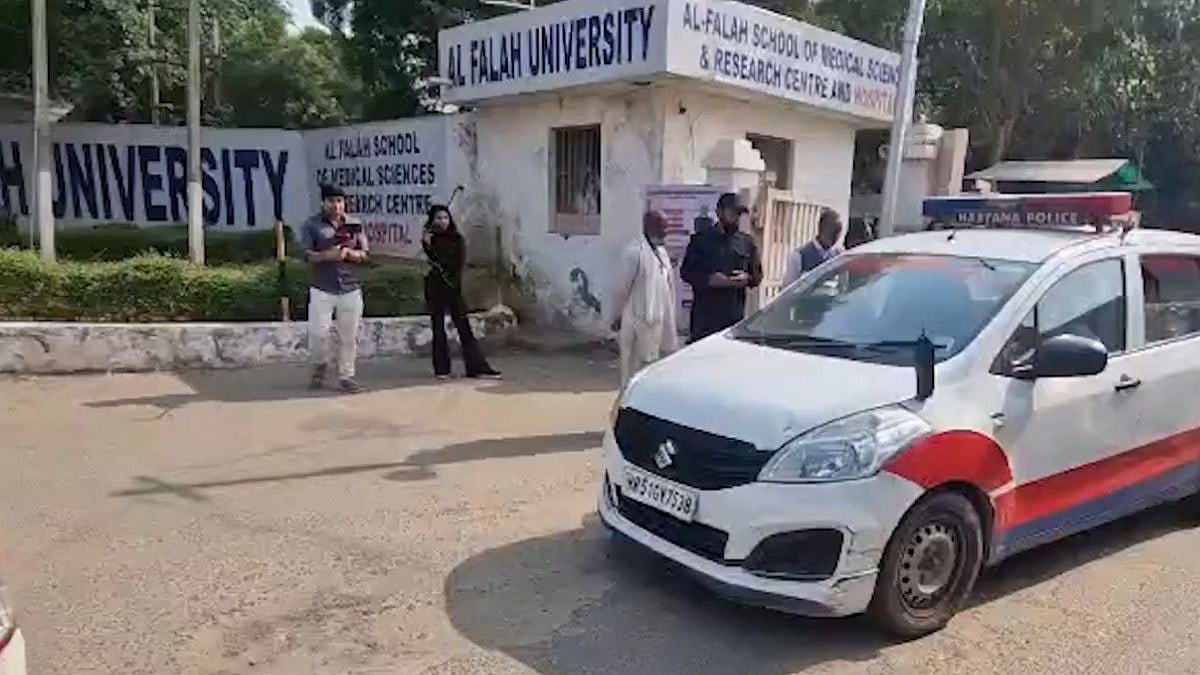Achieving an outstanding milestone in 2023, the Indian Institute of Technology Kanpur (IITK) filed 122 Intellectual Property Rights (IPRs). According to a statement from IIT Kanpur, this achievement demonstrates the institute's strength in innovative research and technology and represents the institution's third consecutive year of record-breaking IPR acquisitions—bringing the total to 1,039 IPRs.
They also had an outstanding 14% licensing rate to industry partners.
The amount of IPRs granted by the institute during the calendar year also increased significantly. Among the inventions covered by the 167 patents are a tactile watch for the blind, a method and device for treating industrial wastewater, a gas sensor for room-temperature ammonia detection, and a lateral flow immunoassay strip for mastitis detection in cows.
According to a statement from the institute, the IP and Technology Transfer Office at IIT Kanpur is crucial in transferring technologies from research and academia to the private sector.
"The office, in addition to filing the highest number of IPRs also facilitates increased technology transfer transactions," the IIT Kanpur statement continued. The institute has made significant contributions to the overall rise in IPR filings for IIT Kanpur, primarily through its unwavering commitment to improving the country's research and development landscape and its emphasis on delivering innovative ideas at the grassroots level.
Notable patents
In addition to four US and two Chinese patents, the 122 IPRs filed in 2023 comprise 108 patents, four design registrations, three copyrights, one trademark application, and four copyrights. According to IIT Kanpur, 167 IPRs were granted in the year, and 15 technologies were licensed.
Innovative medical solutions like a portable medical suction device and a continuous lung health monitoring system are among the patents for inventions from a variety of fields, including MedTech and Nanotechnology. Solid-state sodium-ion batteries and a reasonably priced Braille learning aid for the blind and visually impaired are two other noteworthy patents.









